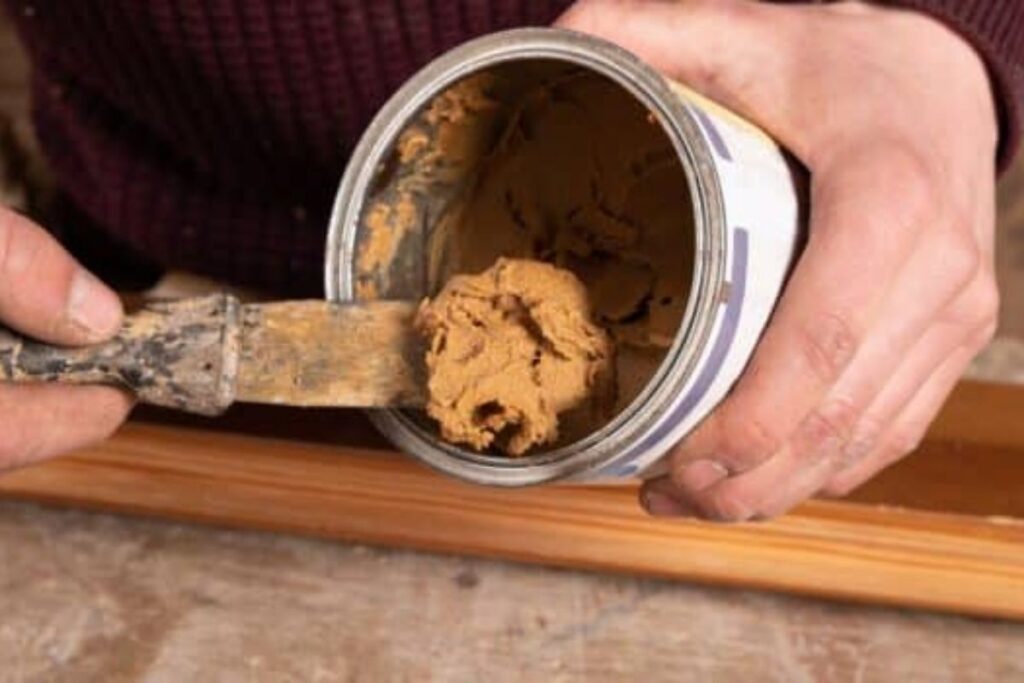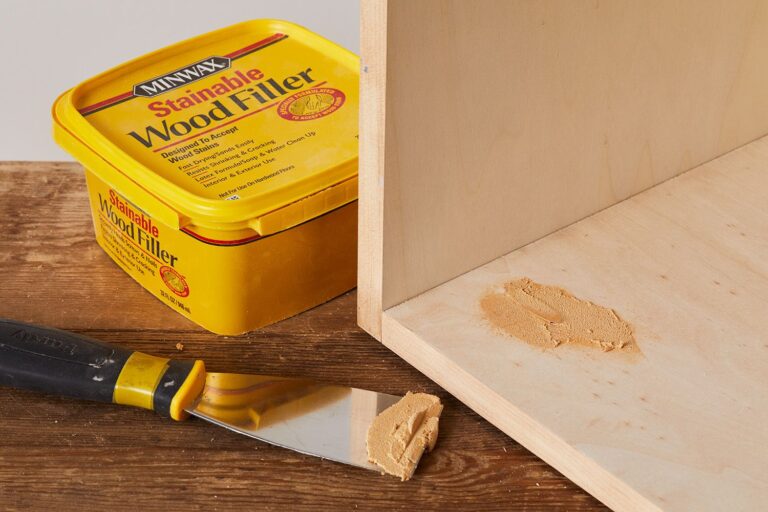The drying time for filler largely depends on the type used and environmental factors like temperature and humidity. Quick-drying fillers such as lightweight spackling compounds can be ready for sanding within 30 minutes to an hour, though thicker applications might take longer. Traditional joint compound or regular spackling paste might need anywhere from 2 to 24 hours to dry, with thicker layers requiring more time. Epoxy-based fillers generally take longer to cure fully and may need several hours or overnight before sanding.
Furthermore, it’s crucial to follow the specific product instructions for accurate drying times and consider environmental conditions. Always test a small area before sanding the entire surface to ensure the filler is fully dried and ready for the next step.
What factors influence filler drying time?

The drying time of fillers can be influenced by several factors. Here are some of the key factors that can impact how quickly fillers dry:
Type of filler materials
Quick-drying compounds
Quick-drying fillers are formulated to dry rapidly, often within 30 minutes to an hour, making them popular for minor repairs and quick projects.
These compounds usually contain ingredients that facilitate rapid evaporation, such as lightweight materials or chemical additives that accelerate drying.
While they offer speed, their quick-drying nature may limit working time and require prompt application and smoothing.
Standard joint compounds
Traditional joint compounds or spackling pastes typically take longer to dry compared to quick-drying variants.
Drying times for standard fillers can vary widely, ranging from 2 hours to 24 hours or more, depending on factors like thickness of application and specific product formulations.
They often contain a combination of materials like gypsum or other minerals, which may contribute to a slower drying process.
Epoxy-based fillers
Epoxy fillers are renowned for their durability and strength but usually have a longer drying time compared to other types of fillers.
These fillers consist of a resin and hardener that need to be mixed before application, and their curing process can take several hours or even overnight to reach a fully hardened state.
The curing time of epoxy-based fillers depends on factors like ambient temperature and the proportions of resin and hardener used in the mixture.
Thickness of the filler application
The thickness of the filler layer significantly impacts drying time. Thicker applications take longer to dry completely compared to thinner layers.
Applying a thicker layer of filler might seem time-efficient but can extend the drying period, possibly leading to uneven drying or cracking as the outer layer dries faster than the inner sections.
Environmental conditions
Temperature
Warmer temperatures generally expedite the drying process for most fillers. Higher temperatures accelerate the evaporation of moisture within the filler material.
However, extreme heat can also cause fillers to dry too quickly, potentially leading to issues such as surface cracking or difficulty in achieving a smooth finish.
Humidity
High humidity levels can prolong drying times as moisture in the air slows down the evaporation of water from the filler.
Low humidity can accelerate drying but might also lead to issues like rapid skinning of the filler
How long do different filler types take to dry?

The drying times for different filler types can vary significantly based on their composition, environmental conditions, and the specific product used.
Quick-drying fillers
Lightweight spackling compounds
These types of fillers are designed to dry quickly, typically within 30 minutes to 1 hour. They contain materials that facilitate rapid evaporation of moisture, allowing them to dry faster.
However, the drying time can vary based on the thickness of the application. Thicker layers may take longer to dry completely.
Fast-setting plaster
Some quick-setting plaster compounds are formulated to dry rapidly, often within an hour or less. These are commonly used for small repairs and patches. Again, thicker applications will extend the drying time.
Standard fillers
Traditional joint compounds or regular spackling pastes usually take longer to dry compared to quick-drying options. Depending on the thickness of the applied layer, drying times can range from 2 to 24 hours.
Thicker applications will naturally require more time to dry thoroughly and may even take longer, especially in humid or colder conditions.
Epoxy-based fillers
Epoxy-based fillers typically have longer drying times compared to other types of fillers. They often require several hours or even overnight to cure fully before they can be sanded. Epoxy compounds undergo a chemical reaction during the curing process, making them more resilient and durable once fully dried. However, this longer curing time means patience is necessary before proceeding with sanding or further refinishing.
Factors such as ambient temperature, humidity levels, and the specific formulation of the filler can significantly impact drying times for all these types of fillers. Warmer and drier conditions generally expedite the drying process, while colder temperatures and higher humidity levels can extend drying times.
FAQ’s
What makes filler dry quicker?
Factors such as higher temperatures, lower humidity, thin application, water-based compositions, and good ventilation expedite filler drying.
Can I dry filler with a hairdryer?
Yes, using a hairdryer on low heat can speed up the drying process of some fillers, but caution is needed to avoid overheating or causing damage.
Does filler soften after a few days?
Generally, fillers do not soften after drying, as they undergo a chemical or physical change to achieve hardness once dried.
Does heat soften filler?
Heat can soften certain fillers, especially if they contain heat-sensitive components, but typically, once dried, fillers don’t soften easily with heat.
How do you look immediately after filler?
Immediately after application, the filled area might appear slightly raised, but it should blend with the surrounding surface once fully dried and sanded.
Does filler dry hard?
Yes, fillers are designed to dry and cure to a hardened state, providing a firm and stable surface for sanding, painting, or further treatment.
FInal Words
In conclusion, giving filler enough time to dry before sanding is super important. Different types of fillers have varied drying times, like quick-drying ones taking around 30 minutes to an hour, while standard fillers may need 2 to 24 hours. Epoxy-based fillers take longer, sometimes several hours or overnight. The thickness of the filler layer, temperature, and humidity can all affect how quickly it dries.
Always follow the instructions on the product and do a touch test to ensure it’s fully dry before sanding or applying anything else. Waiting for it to dry properly helps make sure your surface ends up smooth and ready for the next steps in your project!

